Why Konan PHM is
your best choice?
Konan PHM enables real-time monitoring of equipment
and component conditions, allowing anomaly detection
and fault diagnosis even in data-scarce environments. It
helps reduce unexpected failures and maintenance costs
across industries such as defense, steel, and railway.
By combining Digital Twin technology with advanced AI (PBDL and RL),
Konan PHM supports decision-making for fault diagnosis and remaining useful life prediction of
equipment and components. It delivers Data-Centric AI that can accurately represent equipment conditions without requiring deep domain expertise.
Video - From Monitoring to Predictive Maintenance, Konan PHM
BENEFITS
Benefit 01.
Overcoming Data Limitations
Even with insufficient failure or labeling data, Konan PHM enables fault detection
and diagnosis using technologies such as Self-supervised Learning, Physics-
informed Neural Networks, and Domain Adaptation.

Benefit 02.
Maintaining Model Performance
Konan PHM continuously monitors the performance of AI models in operation.
When degradation occurs due to component/system aging or other factors, it
performs Model Updating procedures through data re-training.

Benefit 03.
Real-time Simulation
By leveraging state-of-the-art AI modeling technologies such as Neural Operator,
Konan PHM provides data-driven real-time simulations, enabling rapid and
reliable decision-making.

FEATURE
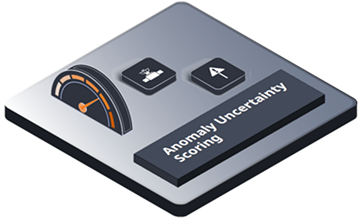
-
Need
Early alerts before equipment/
component anomalies occur -
Issue
Manual maintenance management
by on-site operators -
Current
Status Unclear maintenance records,
Low quality due to lack of labeling data -
Approach
Utilize unlabeled validated normal
data exclusively for anomaly
detection - Technology Anomaly Uncertainty Scoring
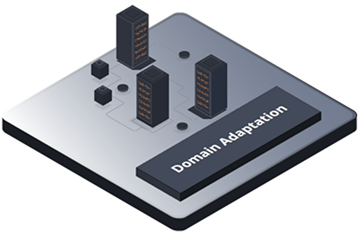
-
Need
Identify equipment/component anomalies during
failures - Issue Lack of failure occurrence data
-
Current
Status Difficulty in securing failure data,
Inability to train classification models -
Approach
Apply simulation-based virtual data to overcome
Domain Shift with actual data -
Technology
Data-driven Simulation, Domain
Adaptation
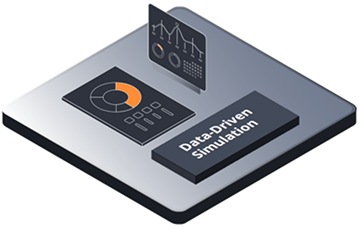
-
Need
Prediction of outcomes under changing product
parameters - Issue Difficulty in performing real-time simulation
-
Current
Status High-cost model-based simulation, Inability to run
real-time simulations during operation -
Approach
Apply advanced Data-driven simulation technology that
reflects physical characteristics - Technology Data-driven Simulation
ARCHITECTURE
(SaaS)
| Authentication (ATU) |
Tenant Manage ment (STM) |
Equip ment Monitor ing(SMD) |
Compo nent Monitor ing(BMD) |
AI Analyt ics (PHM) |
Data Visual ization (DVD) |
|---|---|---|---|---|---|
| Login Processing | User Manage ment |
Equipment Status | Component Status |
AI Anomaly Detection | Data Selection/Comparison |
| Token Issuance | Group Manage ment |
Asset Status | Sensor Data Graph | Data Health Indexing | Sectional Settings |
| Token Verification | Permission Management |
Fault Status | HI Graph | Alarm Leveling | Convenient Functions |
| Common (CMD) |
Billing Management | 2D/3D Modeling | Fault Time Graph | Digital Twin Configuration (TIC) |
Data Refresh |
| System Structure | Resource Usage Management | Alarms | Settings | IoT Registration/Update |
Device Status
Device Information
|
Kubernetes(PaaS)
KT Cloud(IaaS)
Konan MLOps
Data Processing
- Data Cleaning
- Data Normalization
- Data Reduction
- Data Transformation
Model Training
- Anomaly Detection
- Remaining Useful Life Prediction
- Fault Diagnosis
- Collection
- Data Query
- Training Data
- Training
- Evaluation
USE CASES
Defense –
Prediction of Fighter Jet Structural
Vibration Response

- Background
- Structural vibration testing is required to ensure the
structural stability of fighter jets, but there are
limitations due to time and cost constraints. - Problem
- Predicting structural vibration responses of new
aircraft through limited structural vibration testing. - Approach
- Develop a hybrid model combining Neural
Operator–based Data-driven structural vibration
learning and structural dynamics control theory.
Steel –
Press Equipment Anomaly Detection
(Pre-Failure)
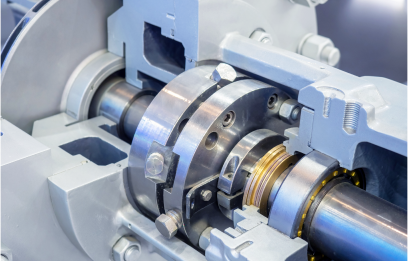
- Background
- Collection of large-scale sensor data (200 PLC units) generated from press equipment.
- Problem
- Using PLC data to predict failures before
malfunctions occur in press equipment. - Approach
- Develop tools and indicators by analyzing
anomalies in press equipment with data from 200 PLC sensors.
Rail –
Motor Bearing Anomaly Detection
(Pre-Failure)
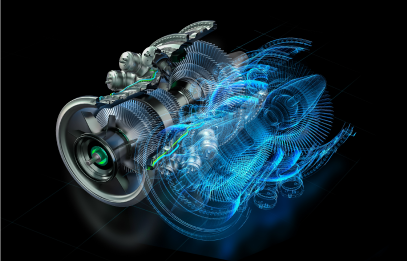
- Background
- Fe content in motor bearings must be periodically measured, and replacement is required if it exceeds the reference threshold.
- Problem
- Predict future abnormal increases in Fe content to forecast early failures prior to the next scheduled inspection.
- Approach
- Developed features for predicting Fe content and designed algorithms based on complexity rules, machine learning, and deep learning.